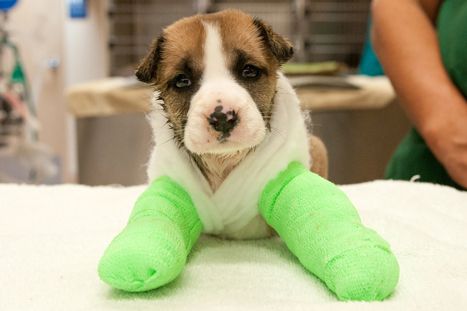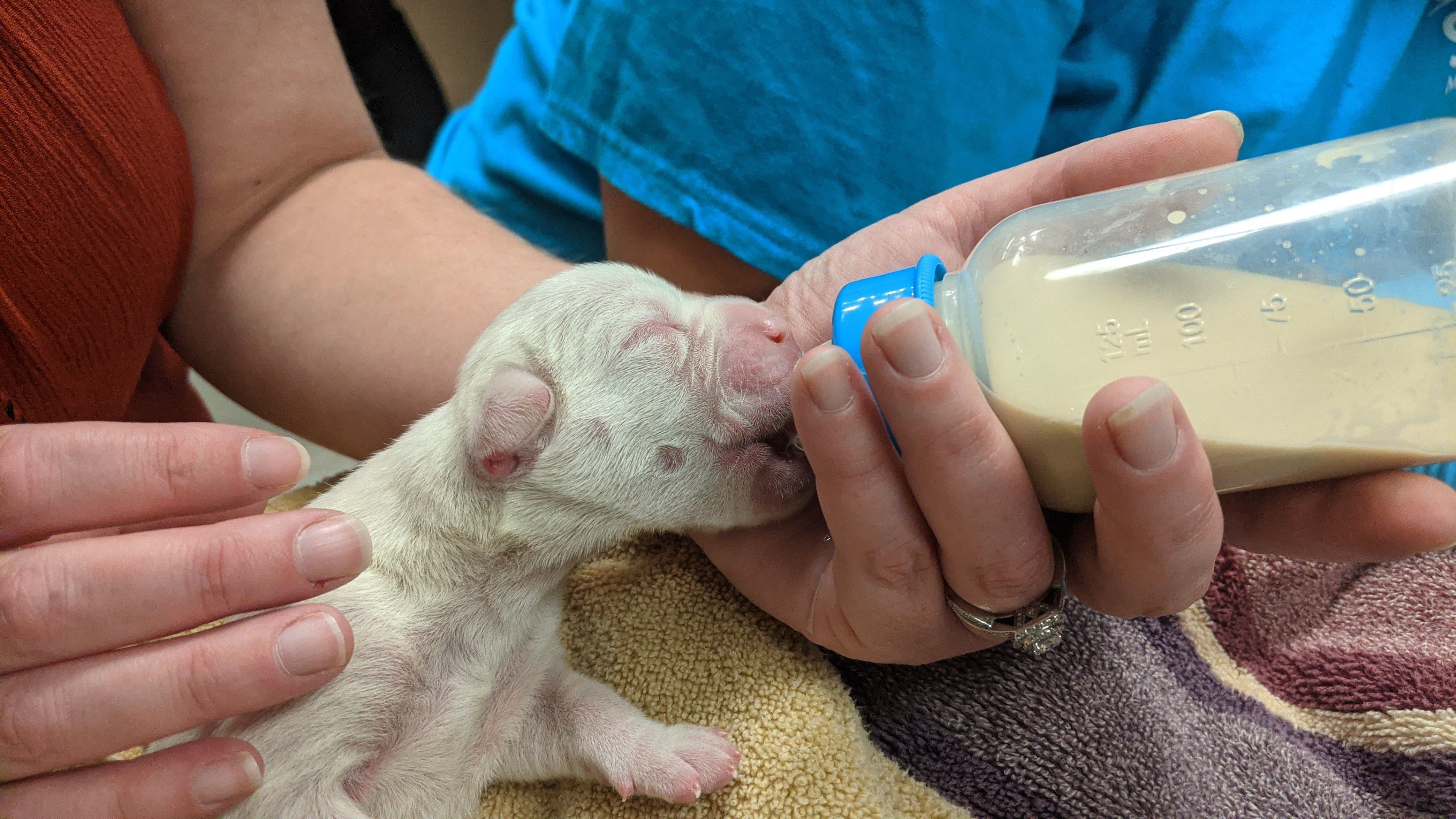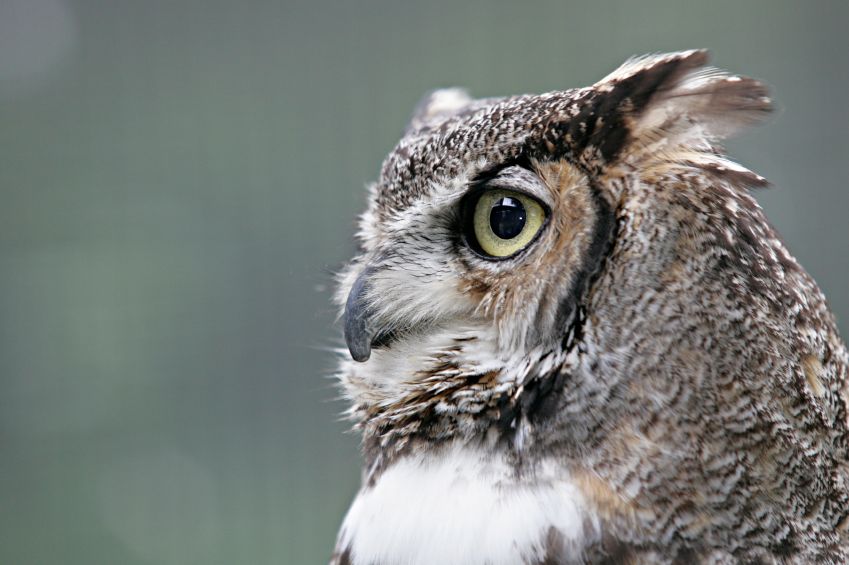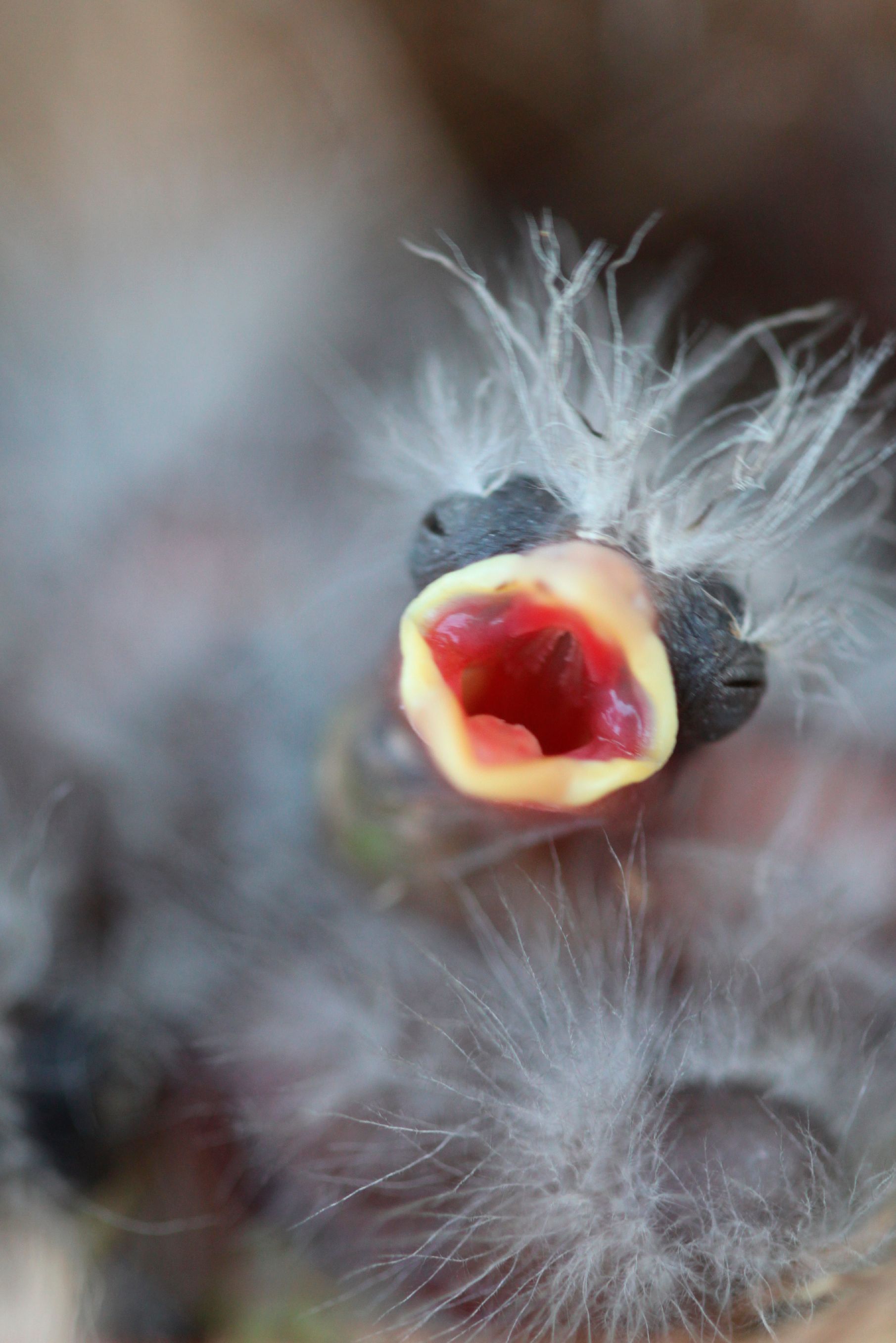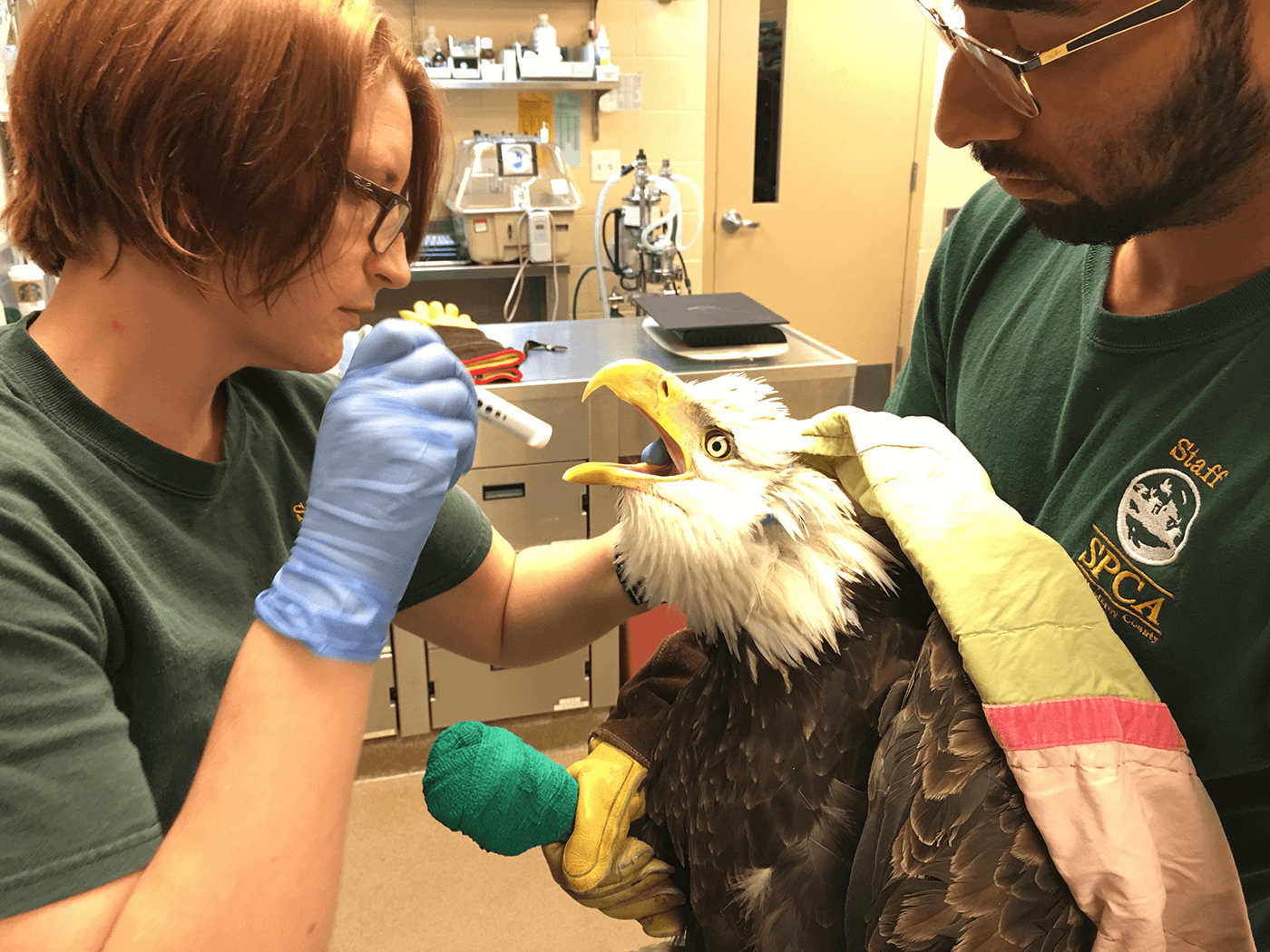Deer and Fawns
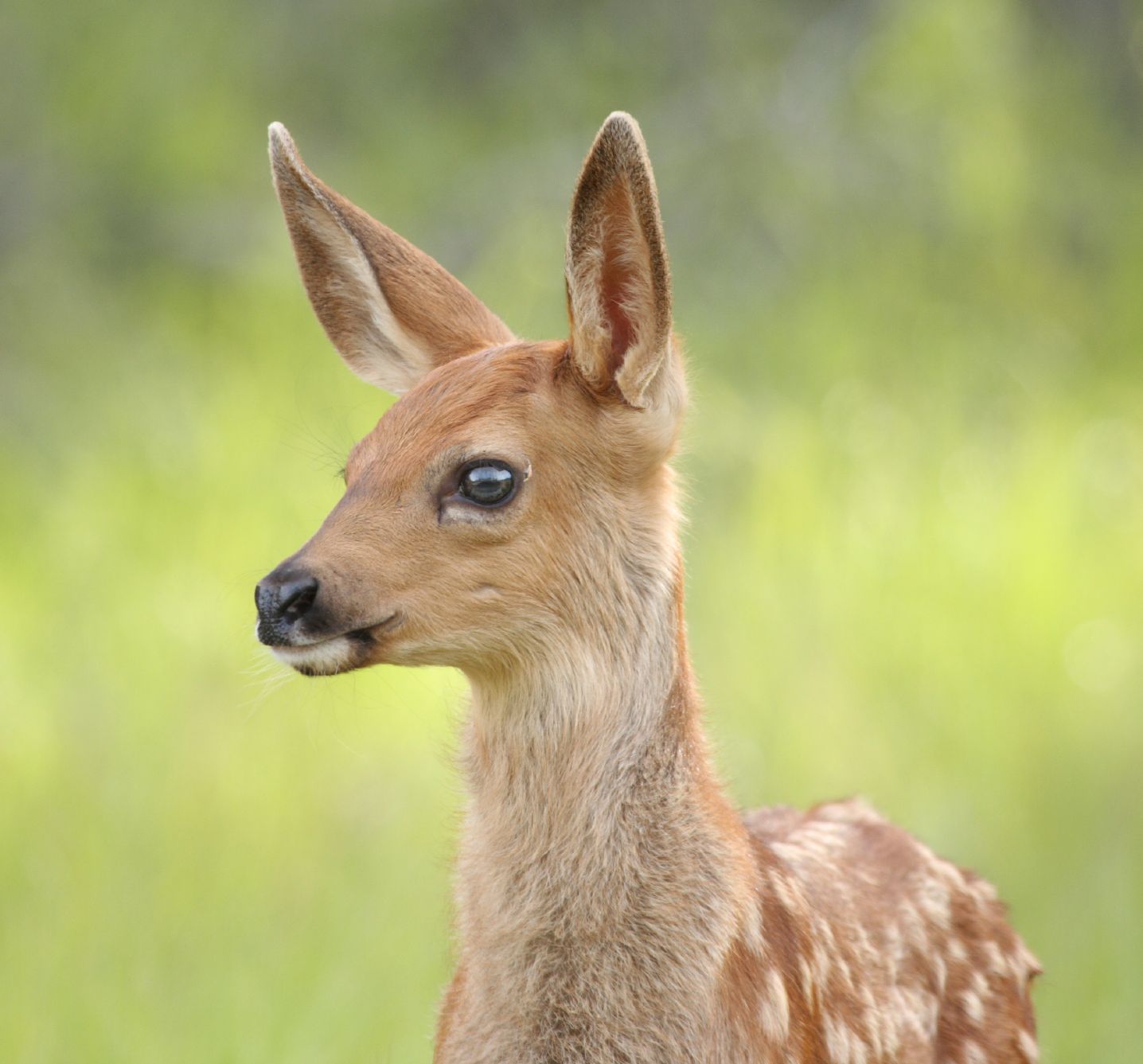
WHAT TO DO IF YOU FIND A FAWN
Does, or mother deer, will leave their babies hidden and alone in a safe space during most of the day to feed. These babies are not abandoned; the mother is likely out of sight watching you. If you find a fawn lying quietly in the grass – leave it where it is, stay back and out of sight, and keep dogs as far away as possible. The mother will not return if she senses people or dogs are too close. If a fawn has been picked up or handled, gently place it back in the exact place where it was found, or within sight of that spot. Stand back several hundred feet, and wait for the mother’s return (which could take hours).
If you are worried that the fawn might be in distress, look for the following signs: labored breathing, walking and vocalizing for over an hour, blood, clearly broken bones, lying prone on its side (rather than curled or on its stomach), or a deceased mother on site. If you see these signs, call our Wildlife Center at 831-264-5427. Once contacted, our technicians will evaluate the situation and give you instructions on how to proceed. The SPCA Wildlife Rescue and Rehabilitation Center is open for rescues from 8 am to 5 pm in the Fall and Winter (from September 1 through March 31) and from 7 am to 7 pm in the Spring and Summer (from April 1 to August 31). Please see below for what to do outside of these hours.
Do not attempt to rescue the fawn without the guidance of our technicians. Fawns are extremely sensitive to stress. The terror of being handled by humans and receiving any incorrect care severely decreases a fawn’s chances for survival and release.
INJURED ADULT DEER
One of the most difficult parts of wildlife rehabilitation is understanding some animals cannot be helped. Injured adult deer can almost never be safely caught and successfully treated. If an adult deer is cornered or captured, they will struggle to break free causing themselves great harm in the process. Deer can move very fast even when severely injured. While some people suggest using tranquilizers, the use of tranquilizer darts is unsafe as deer can continue to run far while medicated, and risk being hit by cars, running out of sight of those trying to catch them, or, especially in our area, running into bodies of water and drowning. Because adult deer are so difficult to rehabilitate, and often traumatically injure themselves further in captivity, our permit from California Fish and Wildlife does not allow us to rehabilitate adult deer.
If the deer is unable to stand up, or is entangled in a fence or netting and unable to move, please call us for help. Please do not touch an injured deer as their sharp hooves can do major damage.
If you see an adult deer with a broken leg or other injury that is still able to move, please leave the animal alone. We know this is difficult to hear. In our area there are very few predators, so injured deer have time to heal and can often live long, successful lives. While the injury may take a long time to heal and may look painful, deer are able to get around our neighborhoods with these types of injuries, and this is far preferable to the trauma of chase and capture. Wild animals have an amazing ability to heal and adapt to many types of injuries.
How the SPCA Can Help Adult Deer:
- We can remove trapped deer from netting, fencing, and other areas where they are trapped and unable to move.
- We can provide compassionate humane euthanasia to deer suffering life-ending injuries (usually caused by being hit by cars)
- The SPCA Wildlife Rescue and Rehabilitation Center is open for rescues from 8 am to 5 pm in the Fall and Winter (from September 1 through March 31) and from 7 am to 7 pm in the Spring and Summer (from April 1 to August 31). Please see below for what to do outside of these hours.
DEER AND CARS
SPCA Monterey County advises drivers to use extreme caution when driving to avoid hitting deer on area roadways during the Fall. September, October and November is deer mating season on the central coast and deer are much more likely to be on the move near and across roadways. Specifically, the SPCA advises:
Be particularly careful at dawn and dusk when driving, especially where visibility is limited. Use of high beams when appropriate can provide a greater area of visibility.
Slow down and use extreme caution when approaching a deer standing near the side of a road. Be prepared for the deer to enter the roadway in front of the vehicle. If necessary, honk your horn and flash your lights to try to scare the deer off of the roadway.
- Be alert for more deer than you may see at that moment. Where there’s one deer, there are often more nearby.
- Use extra caution in areas where deer crossing signs are posted. These are areas where deer are known to cross roadways.
- Be particularly cautious in wooded and agricultural areas.
- Call The SPCA immediately if you see any injured or orphaned wildlife.
Locally, areas of greatest deer activity at night are Pebble Beach, Carmel Valley Road, the Highway 68 corridor, Holman Highway, River Road, and Highway 1 from Seaside to south of Carmel. This time of year The SPCA responds to an average of 20 to 30 hit-by-car deer calls a month in these areas, with almost all the deer involved either dead on arrival or needing to be humanely euthanized immediately. The average insurance claim for deer/vehicle collisions in the United States is $2,000 per incident.
If you see an injured deer on the side of the road, please call us at 831-264-5427. If you see a deceased deer or any other deceased animal on the side of the road, please call Monterey County Public Works at 831-755-4800.
AFTER HOURS RESCUE
The SPCA Wildlife Rescue and Rehabilitation Center is open 8 am to 5 pm in the Fall and Winter (from September 1 through March 31) and from 7 am to 7 pm in the Spring and Summer (from April 1 to August 31).
If you find a deer that is severely injured and unable to stand or walk outside our rescue hours, please call your local Police Department, California Highway Patrol, Sheriff's Department, or Department of Fish and Wildlife for assistance. If those agencies are unable to respond and the deer is alive in the morning, please call us for help. If the deer has a broken leg or other injury but is still able to move, please leave the animal alone. We know this is difficult to hear. In our area there are very few predators, so injured deer have time to heal and can often live long, successful lives.







